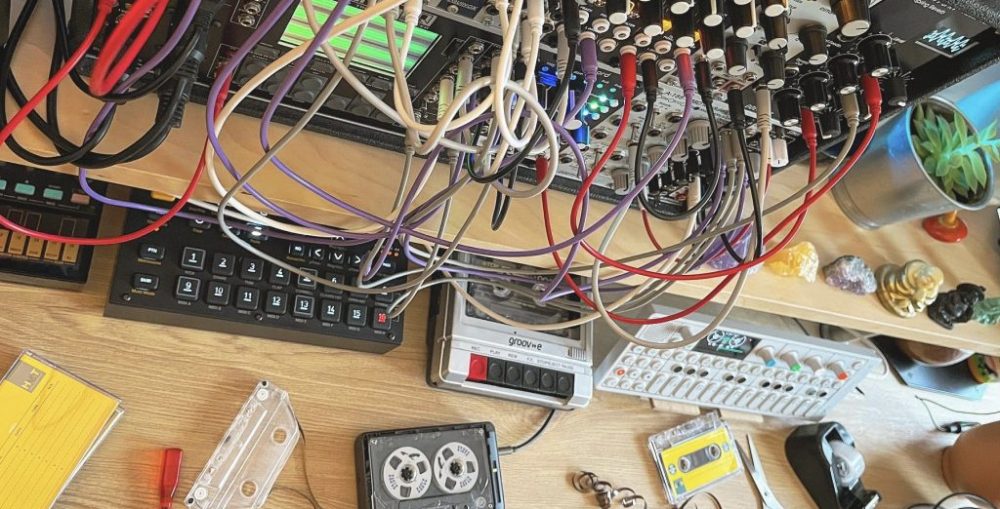LESSON 10: MIXING AND CREATING A BOUNCE
1. What term is used to describe an audio patch point that applies a signal processor directly into the signal path on a track? How many of these patch points does Pro Tools provide on each track?
INSERT. 5
2. What term is used to describe a signal path carrying a mix output of one or more tracks routed for parallel processing? How can this signal be returned to the sending device?
SEND. Using a RETURN channel or track used to return a processed signal to the mix; typically an Aux Input track in Pro Tools
3. What menu would you use to display or hide the Mix window? What keyboard shortcut can you use to toggle between the Mix and Edit windows?
To Open:
Choose Window > Mix
Press Command+= (Mac) / Ctrl+= (Windows) to toggle Mix and Edit windows
4. What menu command can you use to display or hide an Inserts or Sends view area in the Mix window?
Choose View > Mix Window Views and select desired Inserts or Sends view
5. What type of plug-in provides real-time processing? What type provides non-real-time processing?
Real time processing: AAX plug-ins (Native and DSP)
File-based processing: (non-real-time), provided by AudioSuite plug-ins
6. What are some commonly used plug-in options for EQ and dynamics processing in Pro Tools?
Avid EQ III – Parametric equalizer available in 1-Band and 7-Band configurations
Avid Dynamics III – Suite of dynamics processors, including Compressor/ Limiter, Expander/Gate, De-Esser
Avid Channel Strip – Combines EQ, Dynamics, Filter, and Gain processing in a single interface304e EQ
Graphic EQ
AIR Kill EQ (part of the First AIR Effects Bundle)
304c CompressorAvid Pro Compressor, Pro Limiter, and Multi-Band Dynamics
And more….
7. Which Pro Tools automation mode discussed in this lesson records changes to track controls in real time when playing back the session?
Write mode
8. What is the difference between Read mode and Off mode? Which mode allows you to play back existing automation on the track?
Read mode will play the existing automation but not recording it whereas OFF mode will not play or record any automation
9. What track control can you use to display an automation playlist? What window are automation playlists displayed in?
The Track View Selector, in the Edit Window.
10. What tool can you use to add, move, or delete automation breakpoints? What modifier can you use to delete a breakpoint by clicking on it?
The Grabber Tool, Option-click (Mac) or Alt-click (Windows)
11. Why is it important to back up your Pro Tools sessions? What are some ways in which your Pro Tools work can be lost accidentally?
For archival purposes and also to prevent data loss in case of disaster. A hard drive crash, computer theft, accidental deletion, or natural disasters like fire or flood.
12. How is the Save Copy In command different from the Save As command, in terms of the files that are saved?
The Save Copy In command allows you to save a copy of any external files that this session might be using, however the Save as command will just save a copy of the session parameters without any file content.
13. Which session will be open after completing a Save Copy In operation: the original or the copy? How is this different from the Save As operation?
Save Copy In will save the original, not the copy. With Save As you will be able to make a new copy of the session.
14. What command can you use to save a session with a different sample rate or bit depth?
Save Copy In
15. What are some considerations for bouncing audio in Pro Tools? How is the bounce affected by soloed or muted tracks? How is it affected by the active selection?
Considerations for Bouncing Audio:
Bounce will include only audible tracks—Muted tracks will not be included;
soloed tracks be the only tracks included
Bounce will be based on selected output path—Any track not routed to the
selected path will not be included
Bounced file will be “printed” version of the session—All processing (inserts,
sends, external effects) will be applied permanently
Bounce will be based on the Timeline selection—Only the selected portion of the session will be included
16. What command lets you mix your entire session directly to a stereo file? What file types are supported for the bounce file with this command?
Choose File > Bounce To > Disk
WAV, AIFF, MP3 and MXF
17. What bit depth and sample rate should you use when bouncing if you plan to burn the file to CD without further processing?
16 Bit/44.1 kHz
18. How can you add audio files to iTunes for use in burning a CD??
By enabling the Add to iTunes Library option

